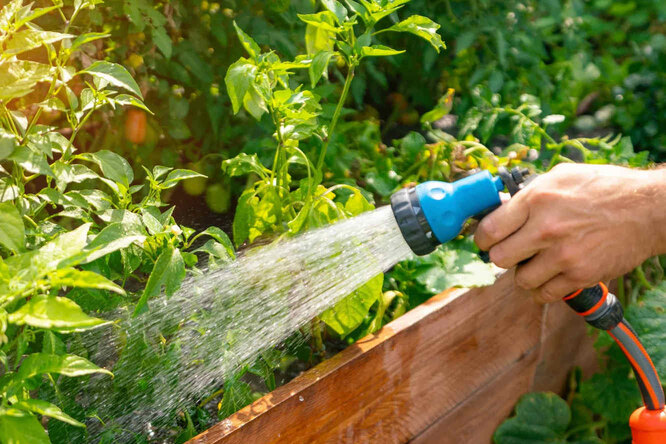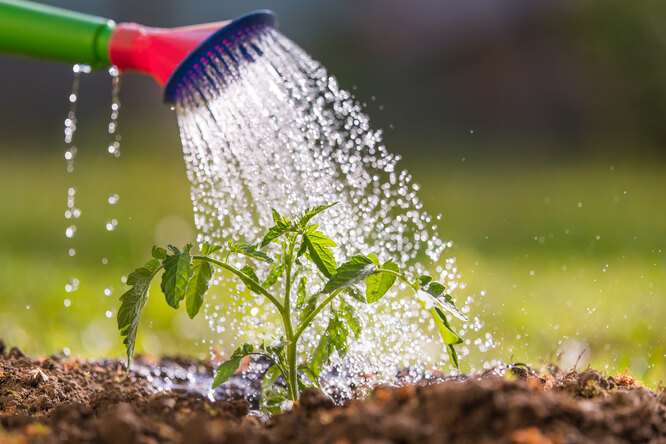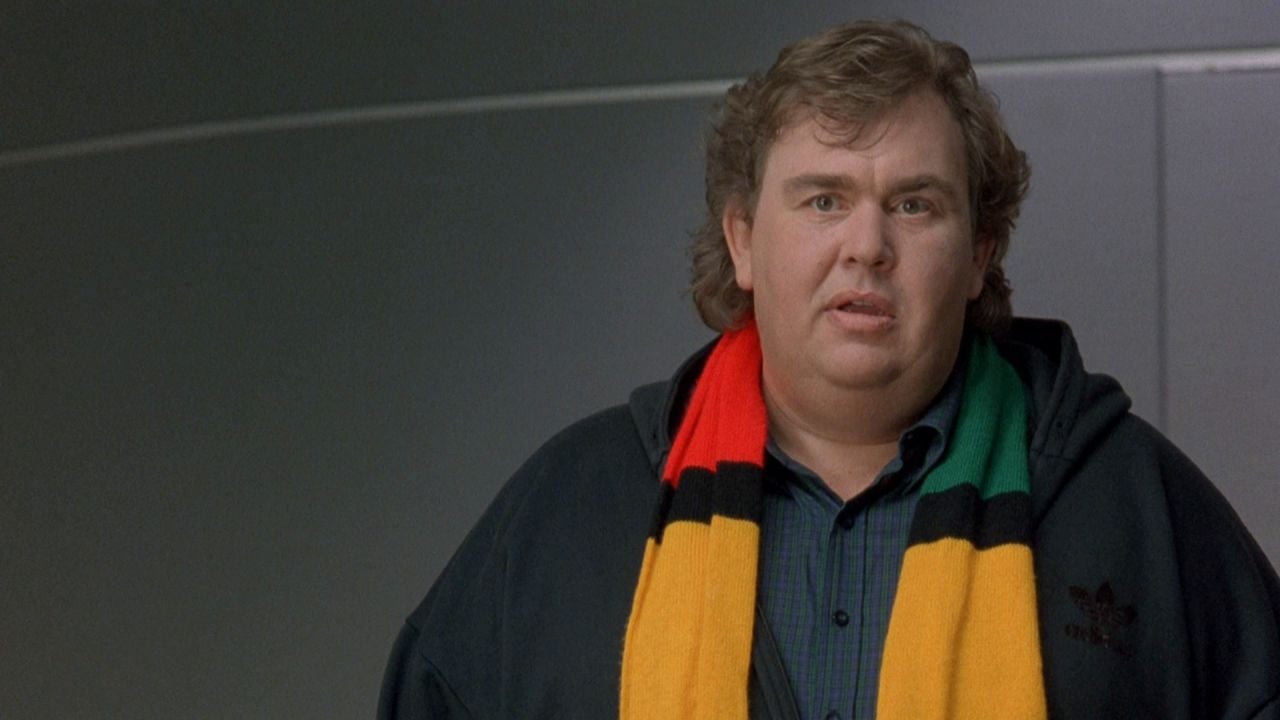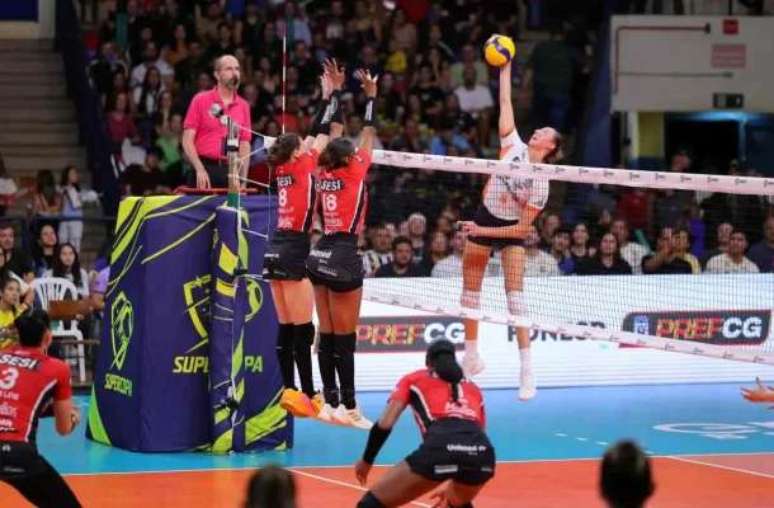Professional gardeners told how not to harm plants when watering the garden.
Watering may seem like a very simple task, but there are a few rules you need to know if you’re about to grab a watering can or get out a garden hose. Here’s what not to do in the garden, according to experts: Remember these eight main taboos.
Prohibition #1: Do not water the leaves.










